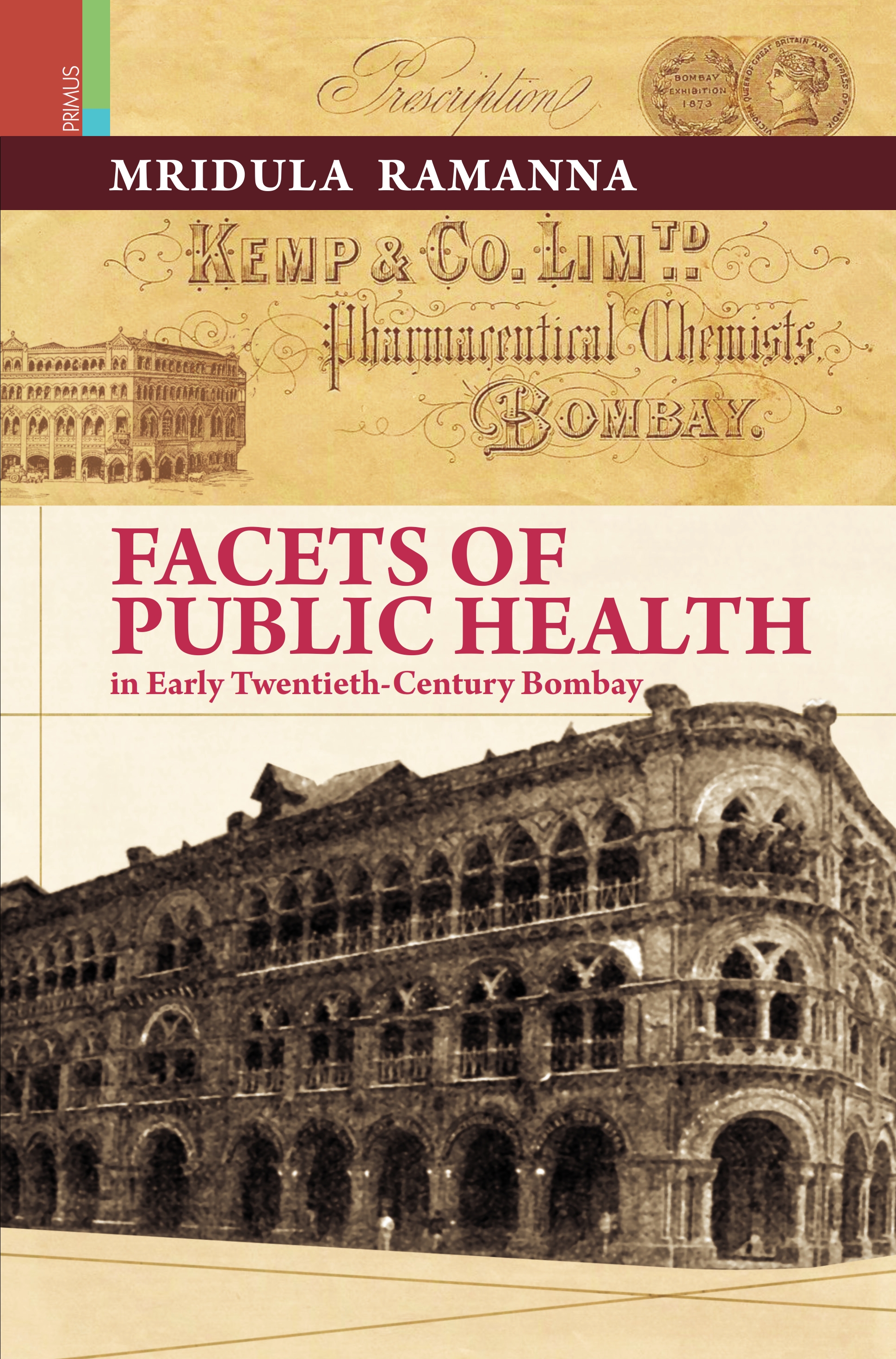
INFORMATION
- AUTHOR : Mridula Ramanna
- HB ISBN : 978-93-90232-87-1
- Year : 2020
- Extent : 210
- Discount available on checkout
- Usually dispatched within 3 to 5 working days.
Facets of Public Health in Early Twentieth-Century Bombay focuses on some aspects of public health in the first three decades of the twentieth-century in Bombay Presidency. We begin with a review of the Western and Ayurvedic medicines, infant foods, tonics, and toiletries, advertised in contemporary English language newspapers, to evaluate how far the copy reflected contemporary social perceptions and notions of health. An attempt is made to understand the health of men and women textile mill workers of Bombay and Ahmedabad and the welfare measures provided to them. The activities of the semi-official Bombay Presidency Baby and Health Week Association and the non-official Seva Sadan, in providing maternal and infant health care, and the training of nurses and health visitors by the latter, are also detailed. There is a micro- focus on localised attempts to promote self-help schemes among women and to provide support to children and the visually challenged. To provide a contemporary American perspective, the observations of visiting officials of the Rockefeller Foundation on Medical Education in Bombay are discussed as are the public health issues debated in the Bombay Legislative Council, in the 1920s and 1930s. The inequalities in health care between urban and rural areas, inadequate funding of public hospitals and the extent of the state’s responsibility in public health, highlighted in this study, have a resonance in today’s scenario.
The Author
Mridula Ramanna is the former Head, Department of History, South Indian Education Society College, Mumbai.
She has published Health Care in Bombay Presidency, 1896–1930 (2012), Western Medicine and Public Health in Colonial Bombay, 1845–1895 (2002), and Edward Moor (2014) and has contributed chapters and articles to numerous studies of medicine in colonial India, particularly Bombay.




